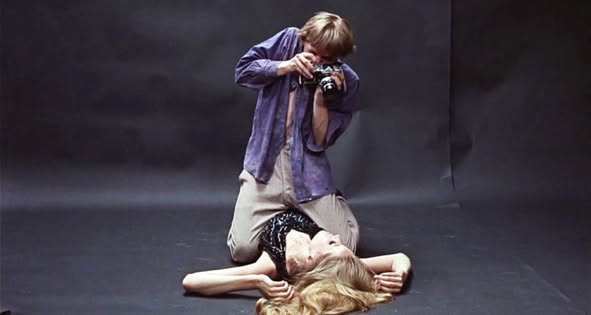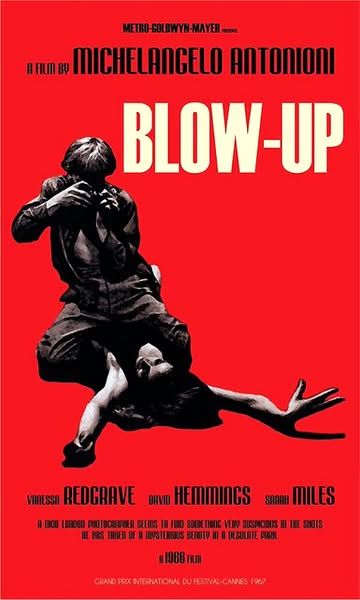Blow-Up (1966)

Blow-Up is a landmark film that has left an indelible mark on the landscape of cinema, particularly in the realm of psychological thrillers and art-house films. Released in 1966, this innovative work encapsulates the spirit of the 1960s while delving into profound themes of perception, reality, and the nature of art. Directed by Michelangelo Antonioni, the film is characterized by its striking visuals and minimalist dialogue, inviting viewers to engage actively with its narrative.
The story revolves around Thomas, a successful fashion photographer in swinging London, played by David Hemmings. One day, while photographing a couple in a park, he captures what appears to be a moment of intimacy that soon spirals into something much darker. As he develops the photographs, Thomas becomes increasingly convinced that he has unwittingly captured a murder, leading him on a quest for truth that blurs the lines between reality and illusion. The plot unfolds in a way that challenges viewers to question not only what they see but also the very act of looking itself, making it a compelling exploration of voyeurism and the complexities of human perception.

Blow-Up is notable for its artistic style, which reflects Antonioni’s signature approach to filmmaking. The film employs a slow, deliberate pace, allowing for moments of introspection and contemplation. Its use of vibrant color and innovative cinematography enhances the mood, creating a dreamlike atmosphere that captivates the audience. The film’s open-ended narrative invites various interpretations, encouraging viewers to draw their own conclusions about the events and their implications.

The film also serves as a commentary on the nature of art and photography. By focusing on a photographer’s perspective, Blow-Up raises questions about authenticity, representation, and the relationship between the artist and their subject. The act of capturing an image becomes a central theme, prompting reflections on how images can distort reality and influence perception.

In summary, Blow-Up is a profound exploration of the interplay between art, reality, and perception. Its innovative storytelling, combined with Antonioni’s masterful direction, creates a film that resonates deeply with audiences. This work is not only a product of its time but also a timeless meditation on the complexities of human experience, making it an enduring classic in the world of cinema.











